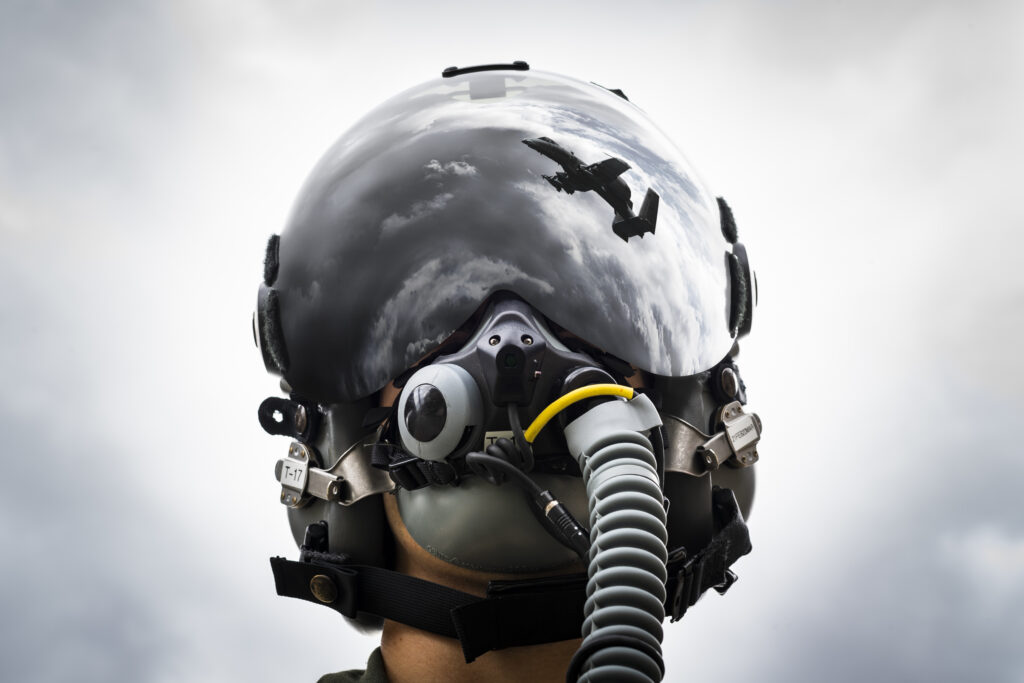Raytheon and Elbit Systems joint venture Collins Elbit Vision Systems (CEVS) has received a contract to engineer, produce, and test Improved Joint Helmet Mounted Cueing Systems for the US Navy.
The $16-million agreement supports an ongoing modernization effort of helmet equipment used in the Naval Air Warfare Center Aircraft Division’s Block III F/A-18E Super Hornet multirole combat jets and EA-18G Growler electronic warfare aircraft.
Zero-G HMDS+
With the contract, CEVS introduced its Zero-G Helmet Mounted Display System+ (HMDS+), a technology projecting an augmented view of the battlefield for enhanced effectiveness, rapid decision-making, and increased survivability.
Zero-G HMDS+ was developed to provide advanced helmet-mounted lenses for pilots of 4th, 5th, and 6th generation US military fighters as well as other allied fixed-wing fleets.
Technologies incorporated into the system were based on CEVS’ experiences in manufacturing mounted displays for F-35 Lightning II stealth multirole aircraft.


Zero-G HMDS+ features a convenient and lightweight design to reduce physiological strain for pilots when deployed on longer and more complex missions.
Furthermore, the head-worn device relays information quickly in full color with a 360-degree view to support the “see through the plane” advantage in each integrated aircraft, even at night.
“The team followed a new development process that incorporated early and continuous pilot input to field the best solution,” CEVS Co-General Manager Jeff Hoberg explained.
“The result is an innovative and adaptable HMDS that will follow a long, successful line of fielded HMDS from CEVS.”



